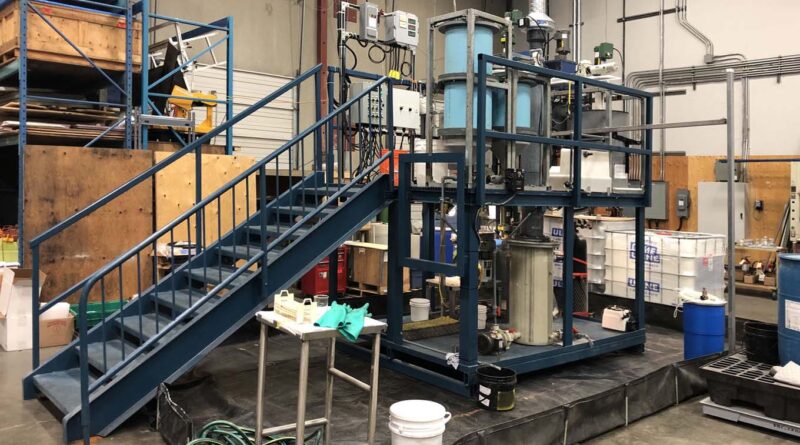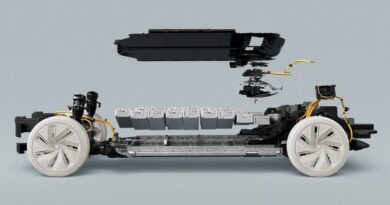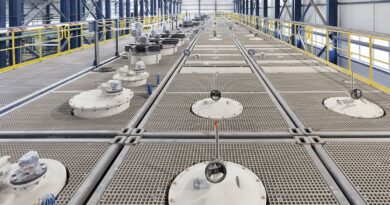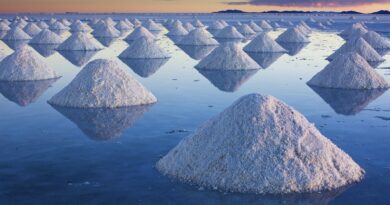Optimization tests further increase recycling process capacity
356% Increase of pilot plant pre-leach process capacity to 292 kg/day of lithium-ion battery cathode scrap material.
American Manganese Inc. (AMY) has reported that the Company’s contract research lab, Kemetco Research, has further optimized the processing capacity of the pilot plant’s pre-leach stage from 160kg/day to 292 kg/day of lithium-ion battery cathode scrap material.
The pre-leach stage is where the cathode active material –comprised of lithium, nickel, cobalt and manganese – is separated from the aluminium foil. The improvement can be attributed to the specialized pieces of equipment.
Prior to the recent optimization results, the pre-leach processing capacity was successfully increased from 64 kg/day to 160 kg/day with engineering upgrades, including thermal control of exothermic reactions, which enabled the lithium-ion battery cathode recycling pilot plant to operate at a higher pulp density.
“Optimization testing has been a beneficial learning curve and we are thrilled to announce a 356% increase in the pre-leach processing capacity of the pilot plant, which we can incorporate into the detailed engineering of our commercial plant design,” said Larry Reaugh, President and CEO of American Manganese.
In response to the pre-leach processing capacity upgrades, American Manganese and Kemetco will advance the pilot plant optimization testing by increasing the capacity of the subsequent leach circuit to balance the greatly increased capacity of the pre-leach stage.
Lithium-ion battery cathode scrap from battery megafactories is an immediate opportunity in the recycling market and American Manganese recognized this early by commissioning the pilot plant project and strategizing the commercial plant around cathode scrap feedstock.
An average lithium-ion battery scrap rate of 10% could result in as much as 64,000 tonnes lithium chemical, 96,000 tonnes graphite anode, 45,000 tonnes nickel, 18,000 tonnes cobalt, 22,000 tonnes manganese being recycled by 2025, which would be equivalent to the entire lithium-ion battery market in 2017.




